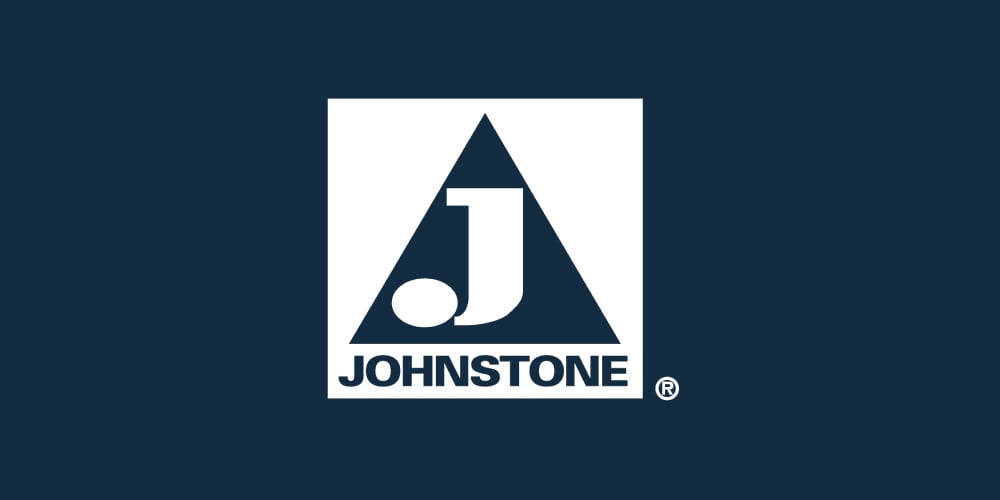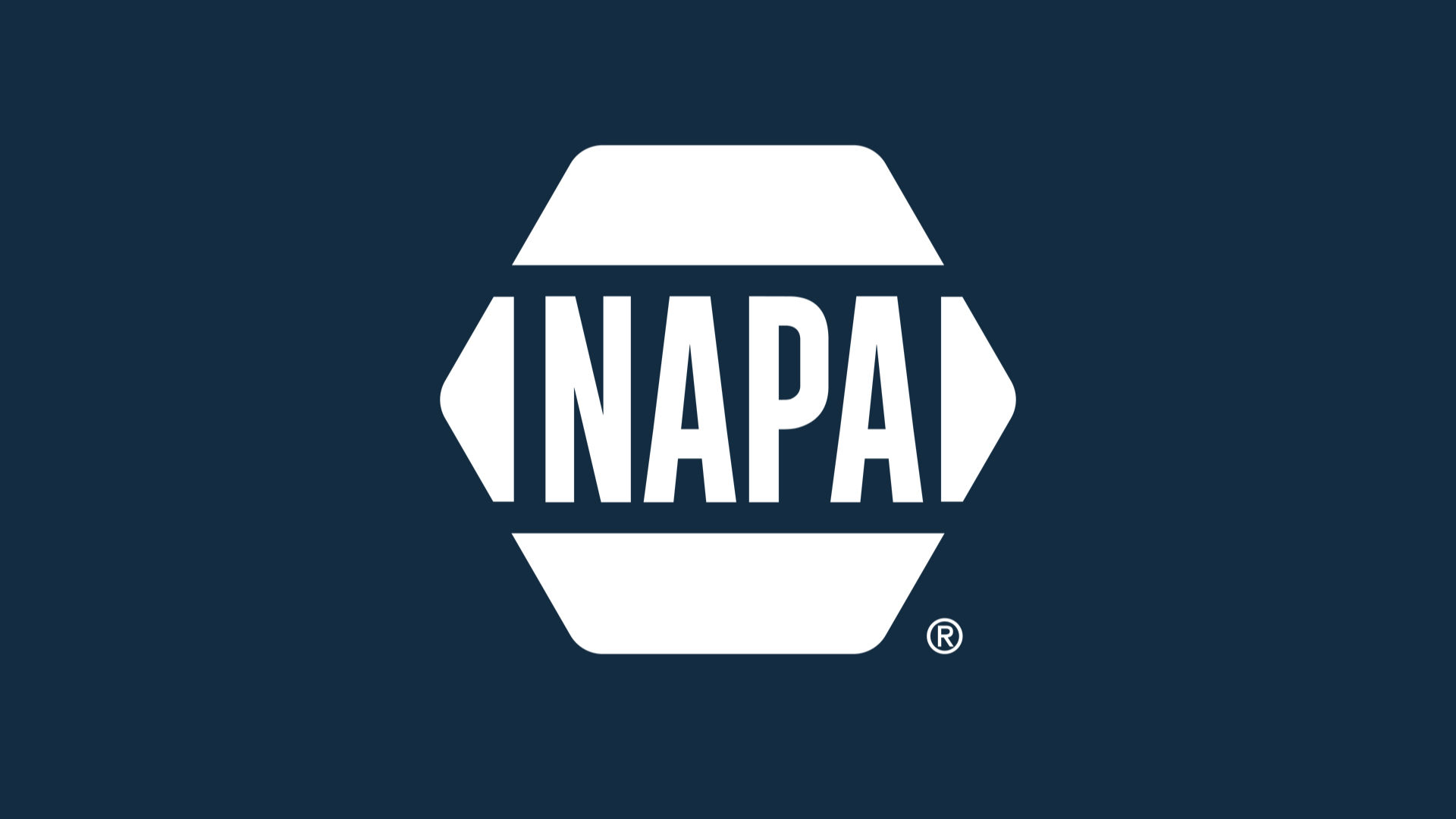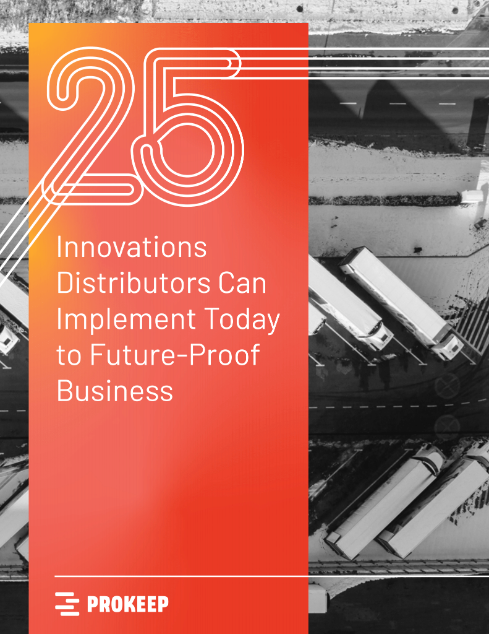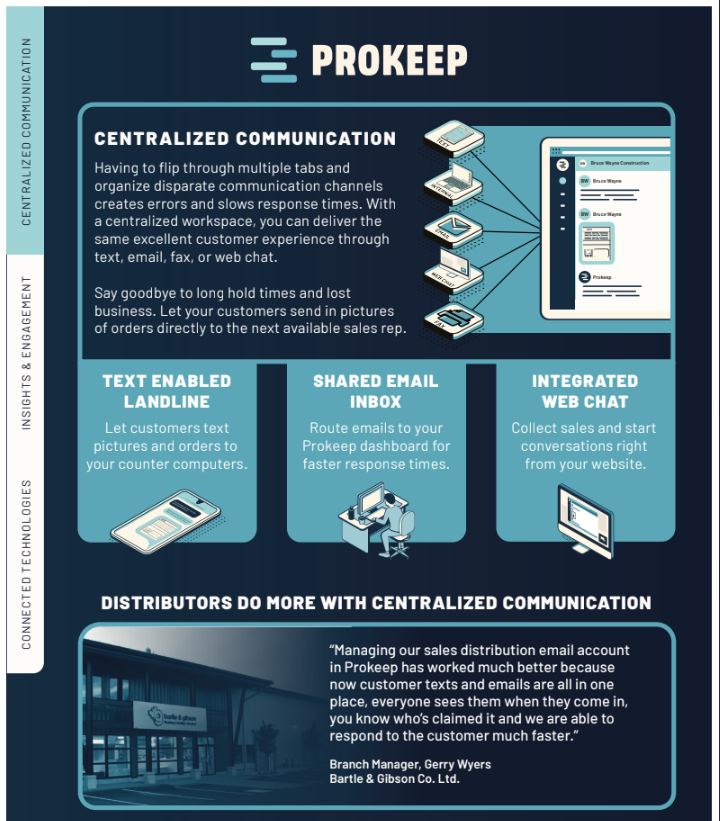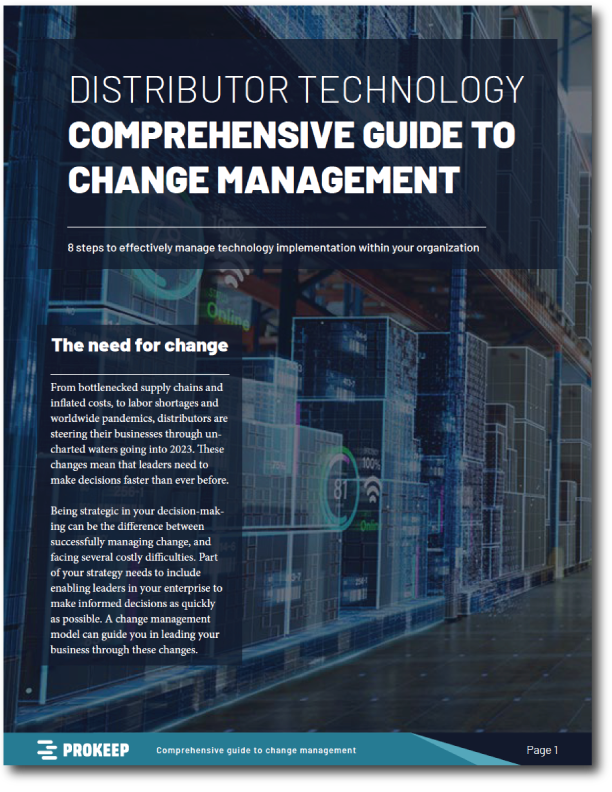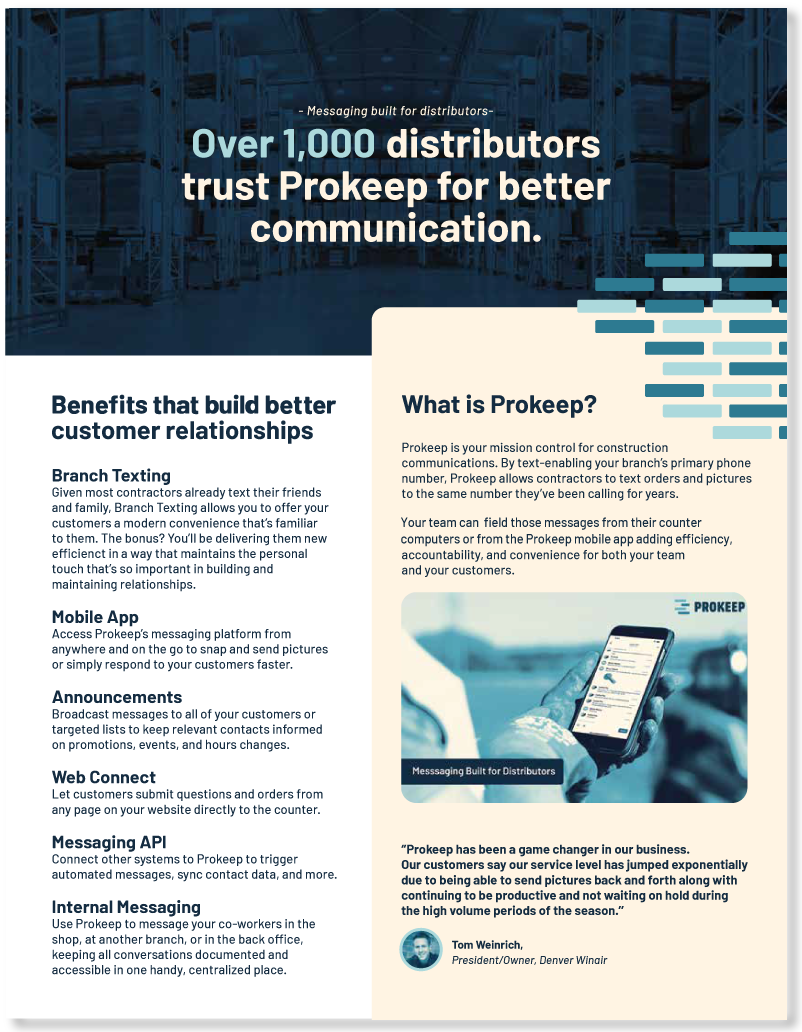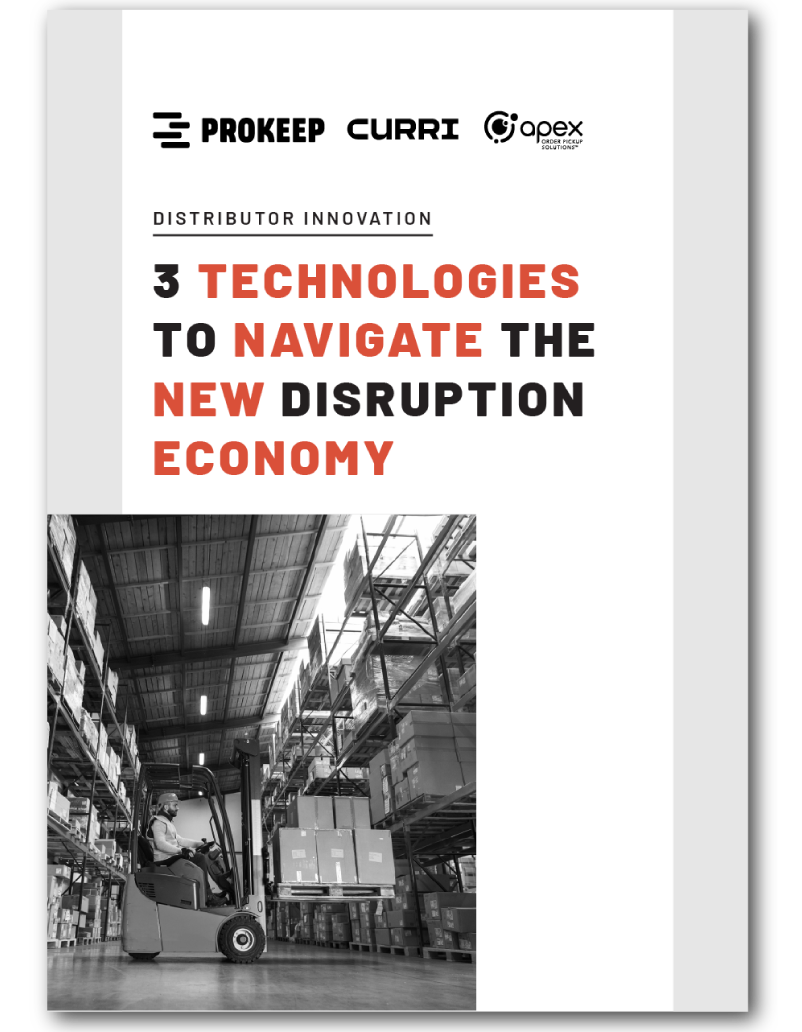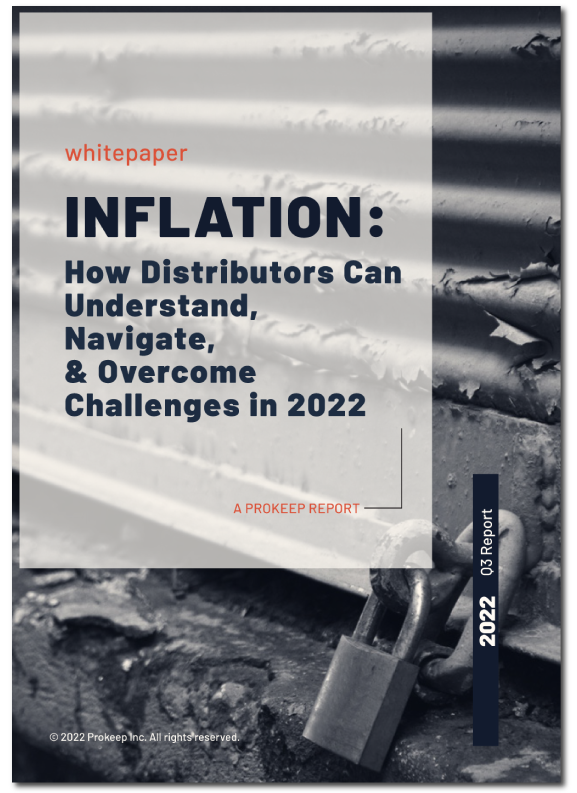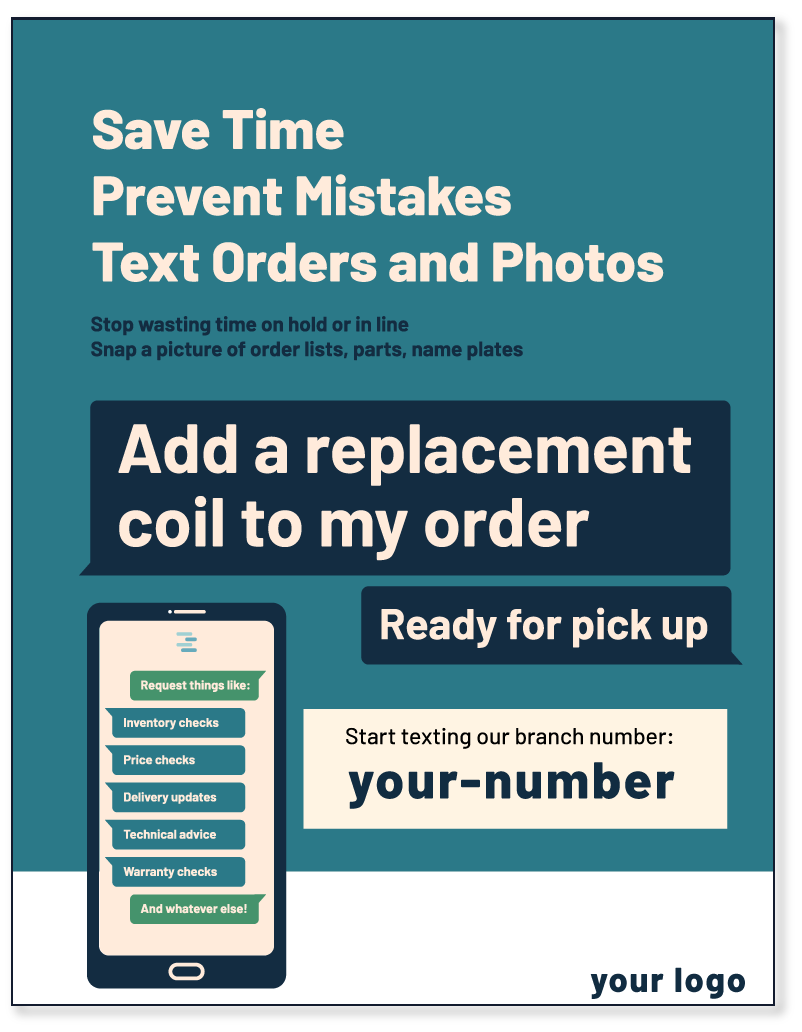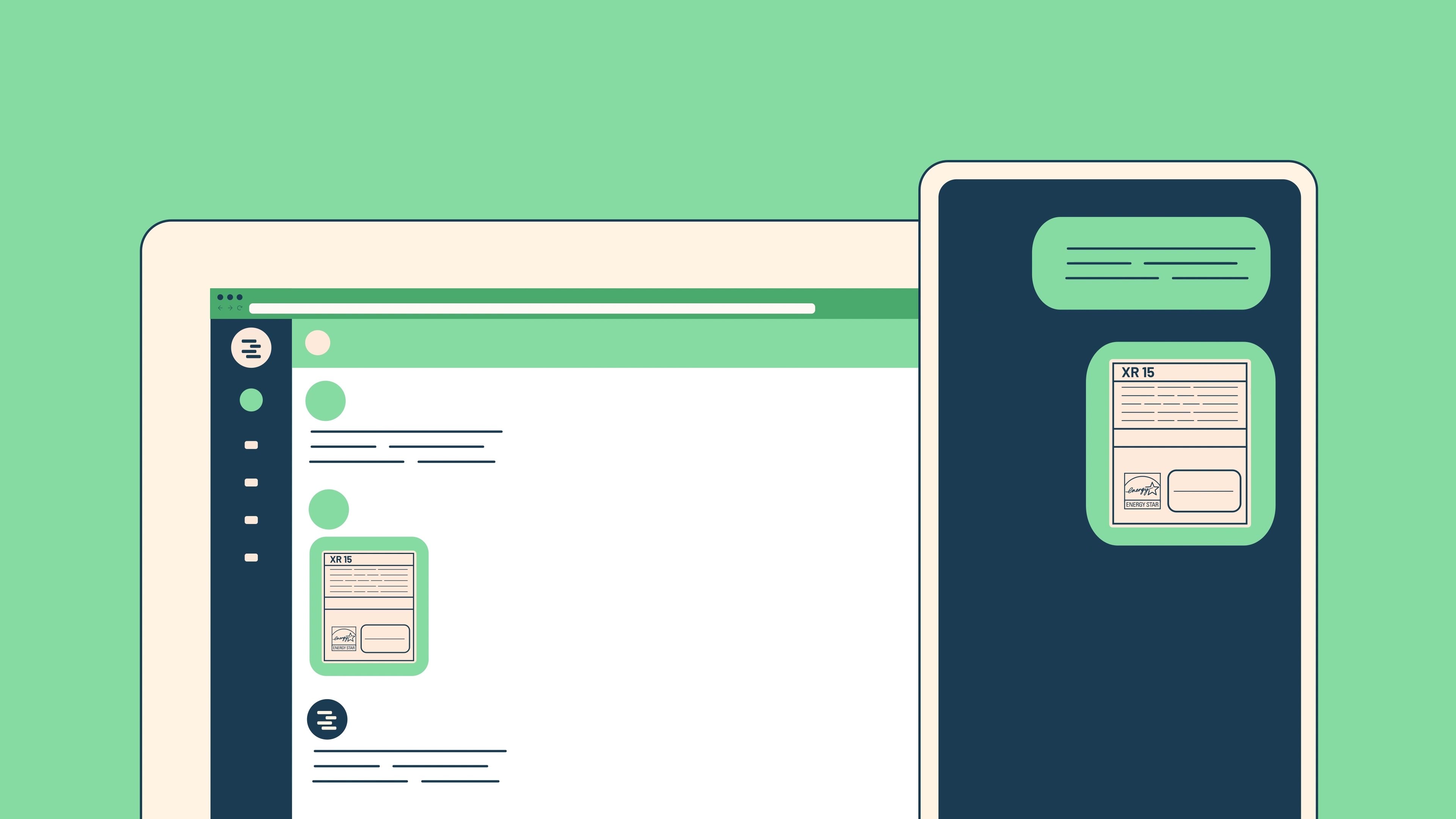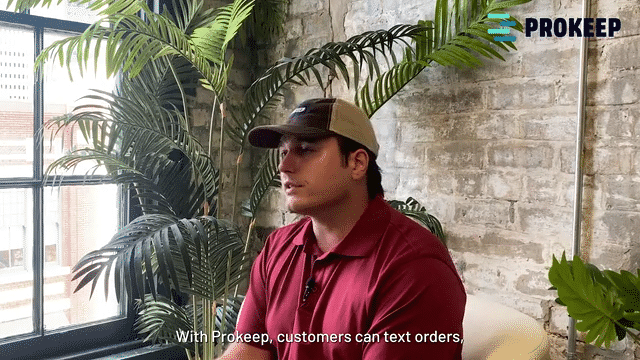What Is First Response Time (FRT)?
First Response Time (FRT) is a critical metric in the realm of customer service, acting as a barometer for the efficiency and effectiveness of your communication strategies. In a world where instant gratification is the norm, a swift FRT can make all the difference in shaping a customer's perception of your business and their overall satisfaction.
Here at Prokeep, we’re a trailblazer in the software industry that has revolutionized how distributors communicate with their clients. We’re dedicated to providing innovative communication solutions specifically designed to address the unique challenges faced by the distribution industry.
Today, we’re going to talk about FRT, why it’s important, the factors involved, and how you can improve it. We’ll also provide you with a few ways that Prokeep can help improve FRT.
What Is FRT?
First Response Time (FRT) is a key performance indicator in customer service that gauges the speed and efficiency of your communication process. It’s the time interval between a customer's initial inquiry or contact and the moment they receive their first response from your team.
FRT is more than just a measure of time. It's a reflection of your commitment to customer service, your operational efficiency, and your ability to meet the evolving expectations of today's fast-paced, digital-first world.
Measuring FRT is a straightforward process. It begins the moment a customer reaches out to your business, whether through a phone call, an email, a text message, or any other communication channel you offer. The clock stops when your team sends the first response to the customer's query.
It’s important to note that this response doesn't necessarily have to solve the customer's issue or answer their question fully. Instead, it's essentially an acknowledgment that you've received their message and are working on a solution.
Why Is First Response Time Important?
FRT plays a pivotal role in shaping your customers' experiences and their overall perception of your business. A swift FRT can significantly enhance customer satisfaction in an era where customers expect immediate responses. It sends a clear message to your customers that you value their time and are committed to addressing their needs promptly.
A quick FRT also plays a crucial role in fostering customer loyalty and increasing customer retention. When customers receive a prompt response, they feel heard and valued, which fosters trust and loyalty toward your brand. This loyalty often translates into repeat business, positive word-of-mouth, and increased customer lifetime value, all of which are critical for long-term business success.
FRT is also a general reflection of your operational efficiency. A shorter FRT indicates a streamlined and efficient communication process, which can significantly improve your business operations and productivity. It also gives you a competitive edge, as businesses that respond quickly to customer inquiries are more likely to win over customers from slower competitors.
What Factors Influence First Response Time?
A variety of factors shapes FRT, each playing a significant role in the time it takes for your business to respond to a customer's initial inquiry.
Here's a brief look at these key factors:
- Staff availability: Limited staff availability can lead to increased FRT as fewer personnel are available to handle incoming customer queries.
- Staff skill level: If your team lacks the necessary skills to promptly and effectively address customer queries, it can result in a longer FRT.
- Customer query complexity: Complex customer inquiries that require more time and resources for resolution can significantly extend your FRT.
- Technology and tools: The absence of advanced technology and tools for efficient communication can hinder your ability to respond promptly to customer queries and usually results in a longer FRT.
- Workload: A high volume, especially during peak hours or seasons, can increase your FRT as more queries compete for your team's attention.
- Process efficiency: Inefficient customer service processes can lead to delays and confusion, thereby increasing your FRT.
- Communication channels: The use of slower communication channels can extend the time it takes for your team to receive and respond to customer queries, thus increasing your FRT.
- Prioritization strategy: Without a clear strategy for prioritizing customer queries, critical inquiries may get lost in the shuffle, leading to a longer FRT.
- Automation: The lack of automation for routine queries can increase your FRT as your team spends unnecessary time on queries that could be handled instantly by an automated system.

How Can Businesses Improve Their First Response Time?
There are several ways businesses can work toward improving their FRT, each strategy contributing to a more efficient and effective communication process.
Let's explore these strategies in detail:
Staff Training
Investing in comprehensive staff training is crucial. Equipping your team with the right skills and knowledge enables them to handle customer queries more efficiently and effectively, thereby reducing the response time. Regular training sessions can also help staff stay updated with the latest communication practices and customer service trends.
Use of Technology
Leveraging advanced technology, like Prokeep's messaging platform, can significantly streamline your communication process. Such platforms enable real-time, direct text communication with clients, making it easier and quicker for your team to respond to customer inquiries. Technology can also provide valuable insights to help you identify bottlenecks and improve your response times.
Automation
Automation tools can handle routine queries instantly, thereby reducing your FRT. By automating responses to common queries, you free up your staff to focus on more complex issues that require human intervention. This not only improves your response times but also enhances the overall efficiency of your customer service.
Staffing Strategy
Implementing a smart staffing strategy can help manage your FRT. This could involve hiring additional staff during peak hours, allocating resources based on skill sets and query complexity, or outsourcing customer service during off-peak hours. A well-planned staffing strategy ensures you have enough resources to promptly handle customer queries.
Prioritization of Queries
Prioritizing queries based on urgency or complexity can help manage your response times effectively. This ensures critical issues are promptly addressed, while less urgent queries are handled in due course. A well-defined prioritization strategy can significantly improve your FRT and customer satisfaction.
Efficient Processes
Streamlining your customer service process can expedite response times. This could involve simplifying communication workflows, eliminating unnecessary steps, or improving coordination among team members. An efficient process reduces your FRT and enhances your operational productivity.
Multi-channel Support
Offering multi-channel support can improve your FRT by providing customers with multiple avenues to reach out to you. Some channels, like text messaging, allow for quicker responses than traditional channels like phone calls or emails. By offering a variety of channels, you cater to the preferences of different customers, thereby improving your overall response times.
Performance Monitoring
Regularly monitoring your FRT and other customer service metrics can help you identify areas for improvement. By tracking your performance over time, you can gauge the effectiveness of your strategies and make necessary adjustments to further improve your FRT.
How Does Prokeep's Platform Support an Improved FRT?
Prokeep's innovative messaging platform is designed with a single goal in mind: to help distributors enhance their customer service. Our platform text-enables your existing phone numbers, enabling direct and seamless text communication with your clients. This real-time interaction significantly reduces the time taken to respond to customer inquiries, thereby improving your FRT.
Our platform also supports a wide range of functionalities, including sending and receiving texts, sharing images and documents, and managing conversations efficiently. These features streamline your communication process and make it more convenient for your clients to reach out to you. By facilitating quicker and more efficient responses, Prokeep's platform helps you meet the evolving expectations of your clients and enhance their overall experience.
Prokeep's platform is designed to cater to the specific needs of the distribution sector. We understand this industry's unique operational and communication challenges and offer features that address these challenges effectively. Whether it's managing high-volume conversations, sharing product images, or handling complex queries, Prokeep's platform empowers you to do it all swiftly and efficiently.
The Last Word on First Response Time
FRT is more than just a metric in the realm of customer service; it's a reflection of your commitment to your customers. A swift FRT enhances customer satisfaction, fosters loyalty, drives sales, and propels your business toward long-term success.
By understanding the factors influencing FRT and implementing strategies to improve it, businesses can significantly enhance customer service and gain a competitive edge.
Here at Prokeep, we're committed to helping businesses achieve this goal. Our innovative messaging platform, coupled with our insights and strategies, empowers you to take control of your FRT and drive your business toward greater success.
We invite you to explore our platform and see how it can transform your communication process and improve your FRT. Request a demo today and discover the Prokeep difference.
Sources:
Why Instant Gratification Is The One Marketing Tactic Companies Should Focus On Right Now | Forbes
KPIs: What Are Key Performance Indicators? Types and Examples | Investopedia
7 Ways to Build Customer Loyalty | Business News Daily
Importance of Training and Development for Employees | Maryville Online




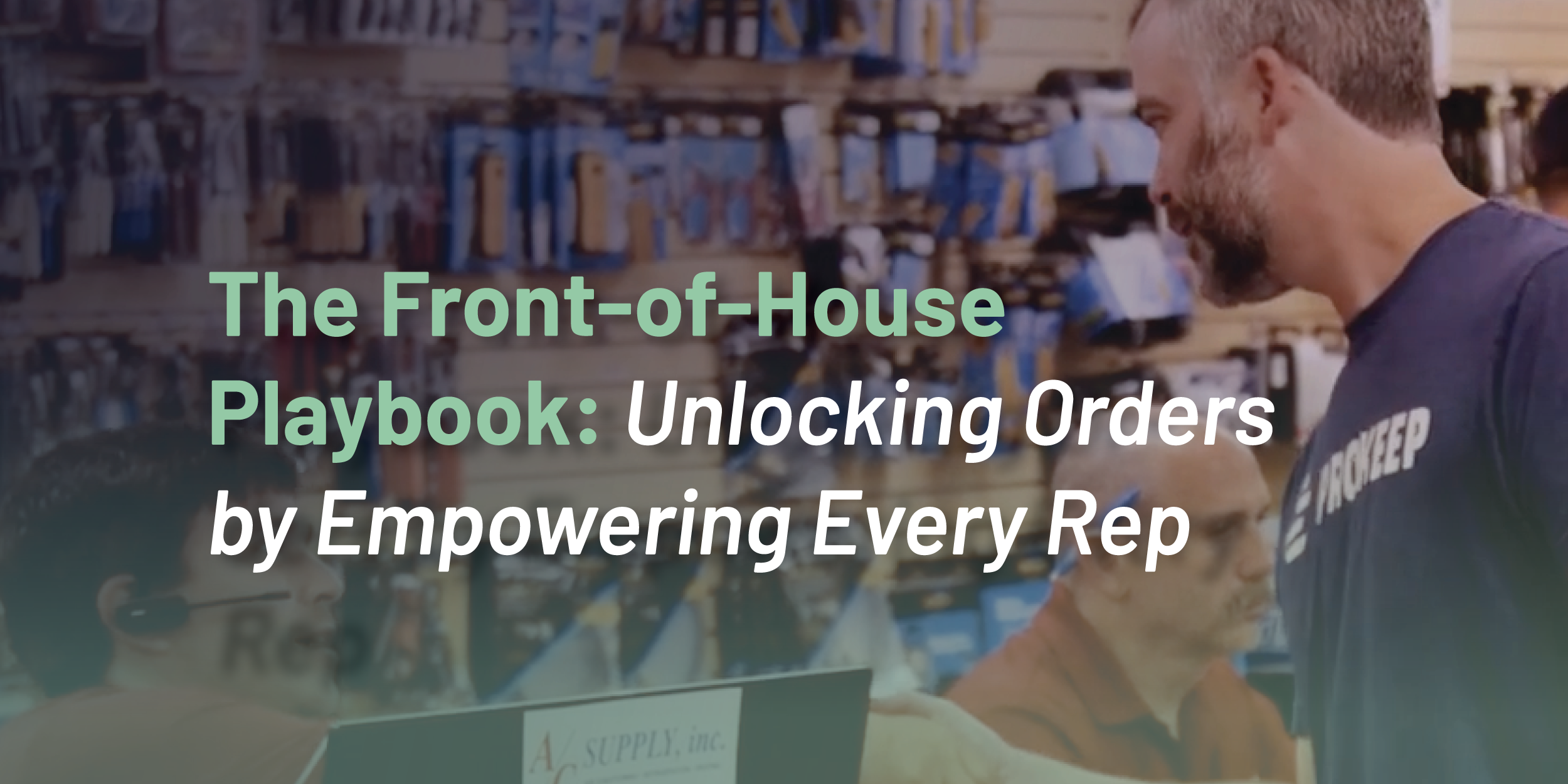


.png)
.png)


